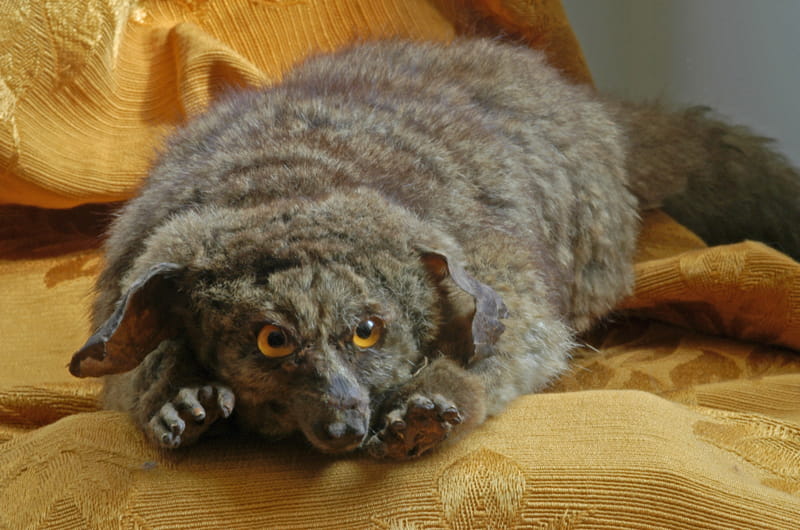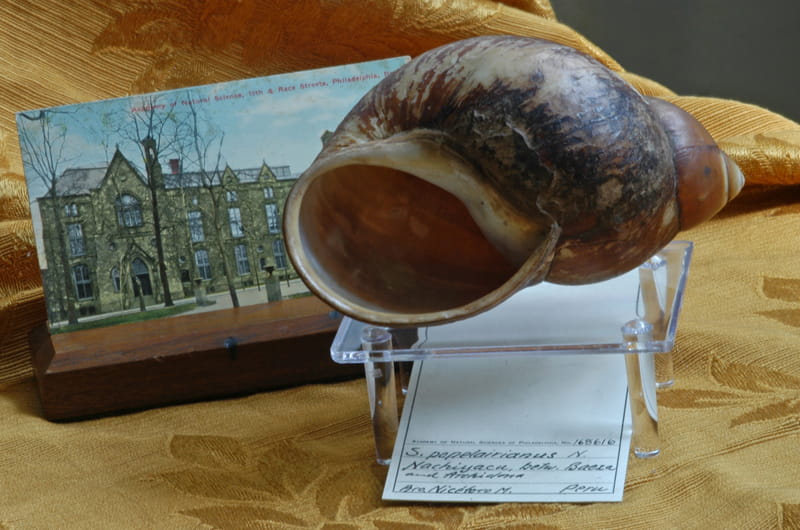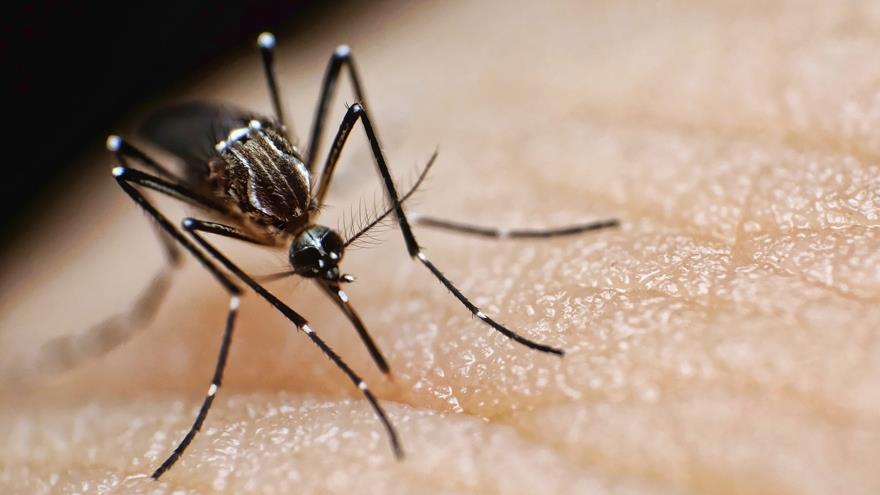Academy Exhibit Highlights Clergy’s Contributions to Science
 By Frank Otto
By Frank Otto
Although many consider them at odds today, science and religion have intertwined in an important way since the Academy of Natural Sciences’ founding in 1812.
However, although some of the Academy’s earliest members and contributors to its collection were actually members of the clergy, their mission was to pursue science with “a mind totally free from all religious and political prejudice, preventions and animosities,” according to Greg Cowper, curator of the exhibit and an entomologist at the Academy.
An exhibit that began late this summer titled The Clergy and the Academy’s Collection highlights that connection and the way 14 different religious leaders helped make the Academy what it is today.

Pope Francis’ views on the environment put him in good company with his “clergy naturalist” forebears whose plant and animal specimens, books and archival materials are currently on display in the exhibit.
“Pope Francis discussed how all creatures are connected and dependent on one another,” on climate change, Cowper said. “In order to care for our earthly family, a careful inventory of the species it hosts must be undertaken with a view to developing programs strategies of protection. The Academy and its clergy naturalists demonstrate that this has been an ongoing process for more than 200 years.”

The vast collection of natural life and research at the Academy — with 18 million specimens — has been bolstered over the years by the clergy who came from a variety of faiths, including Catholicism, Lutheranism, Presbyterianism, Judaism, and the Quaker and Moravian communities.
Although the Academy will be closed until the end of the World Meeting of Families, those interested will again be able to check out The Clergy and the Academy’s Collection Tuesday and weekdays until Oct. 23.

In This Article
Drexel News is produced by
University Marketing and Communications.
